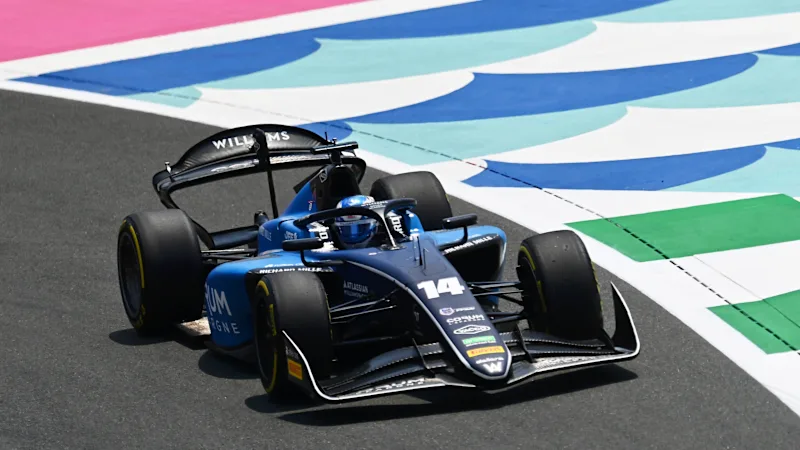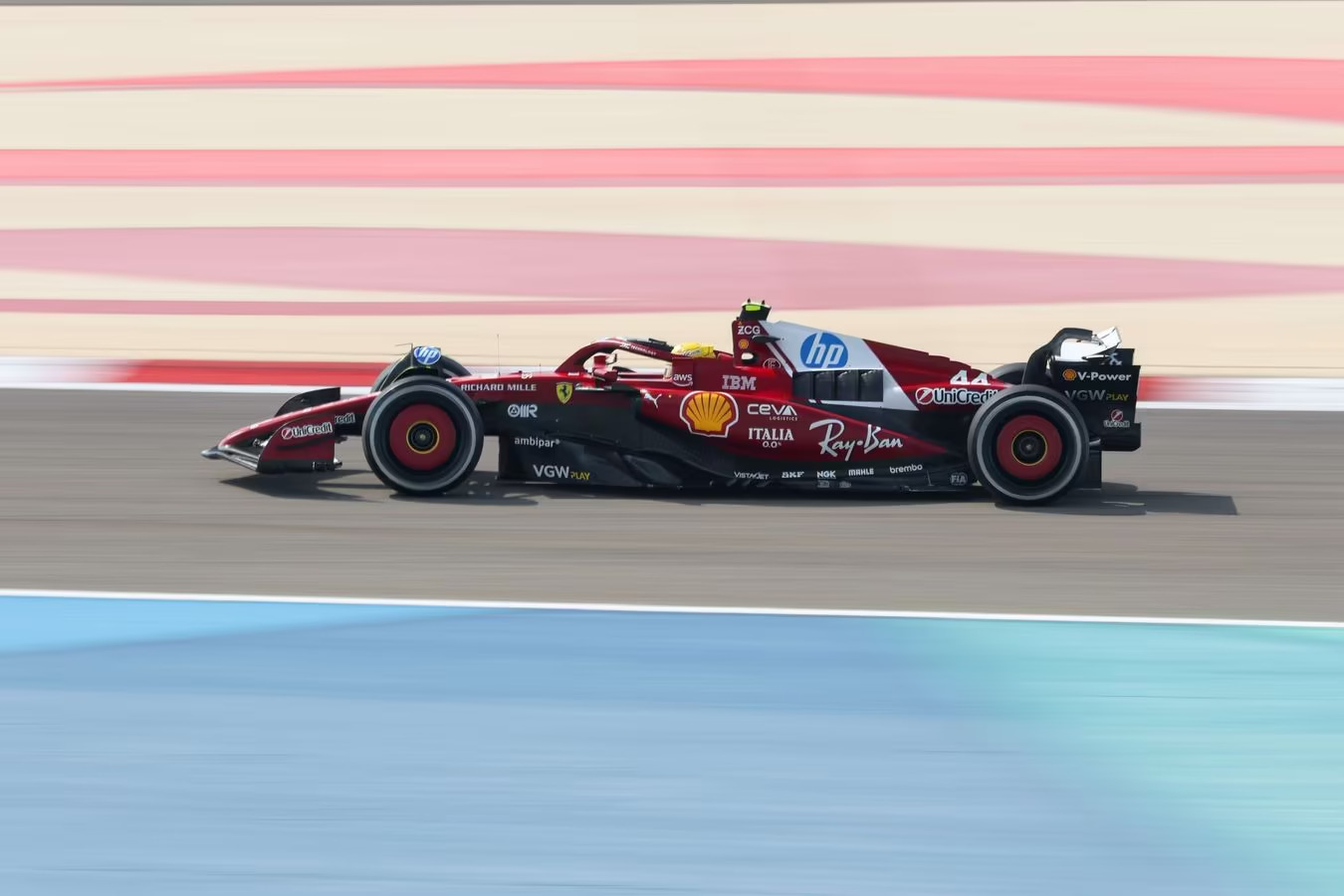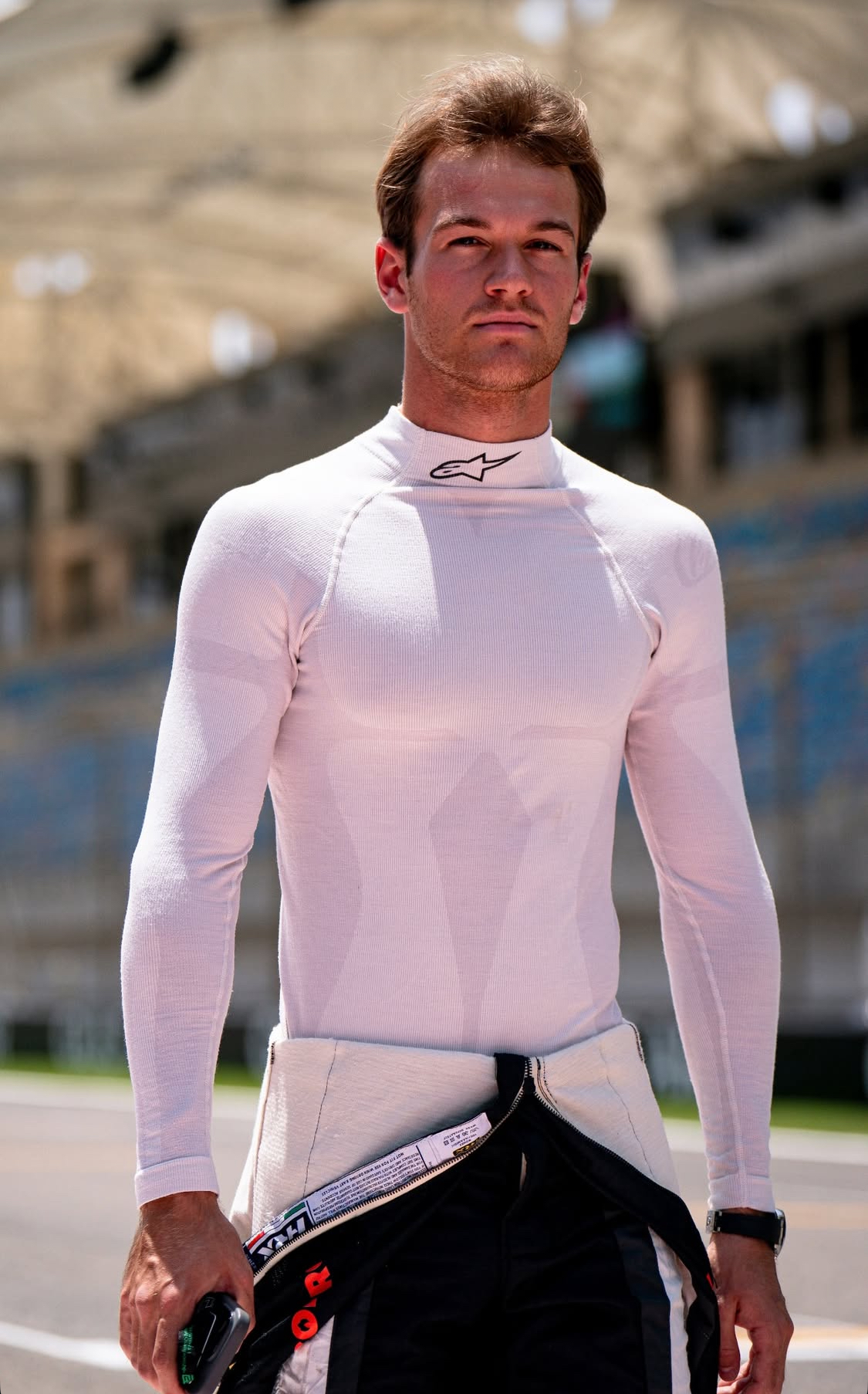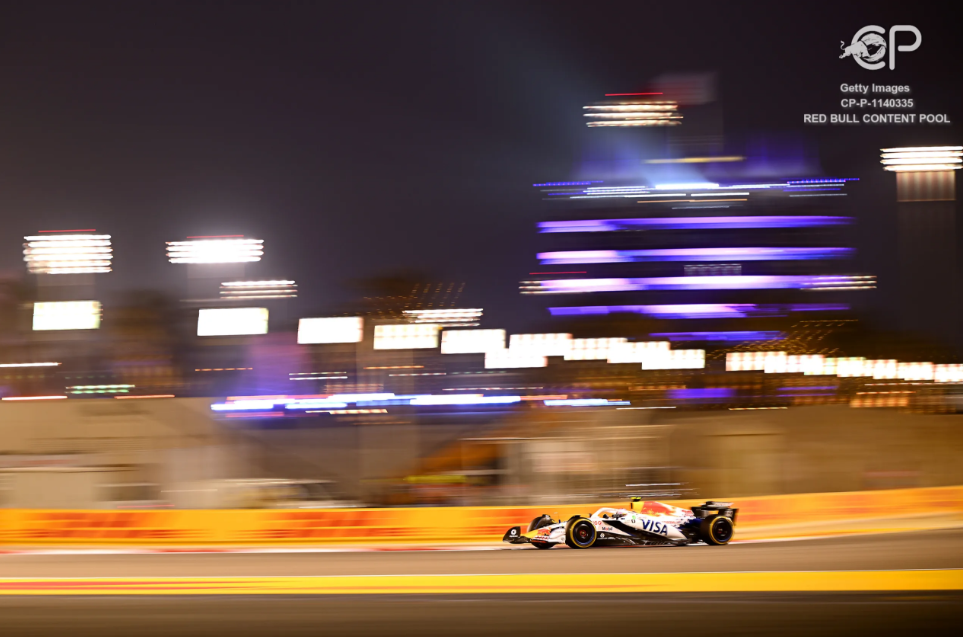Indy 500 champion Josef Newgarden talks about the ability to race the current gen IndyCar at the IMS

The introduction of the AK-18 aerokit to the DW-12 had, as one of the aims, to reduce pack racing in Superspeedways. Over the years, pack racing in IndyCars proved to be far more dangerous than in NASCAR, as the stock cars are far more robust in crashes than Indy’s.Overall, the Indianapolis oval is not prone to pack racing, so the aerokit made overtaking much harder.The introduction of the aeroscreen in 2020 also had its impact, as the polycarbonate windscreen attached to the titanium frame completely changed the airflow through the car. So, as the AK-18 was not made originally with the piece in mind, it also contributed to the ability of the cars to race.IndyCar started to mitigate the issue in 2022, adding additional bargeboards to the cars at ovals, to try to improve downforce. Im 2023, bigger changes were needed and tried in Indianapolis, with new wickers on the floor and an increase of 3 degrees on the range of the rear wing. It was estimated that those changes would add up to 10% of downforce, in an attempt to improve racing.

Throughout the whole month of May, drivers were asked if the new aero pieces actually were serving their purpose, and the response was really mixed. Drivers could not feel any improvement in dirty air, especially beyond second in the pack, and they didn’t think there was any more chances to overtake than in previous years.The only improvement was between the first and second in line, the draft from the leader was improved, giving the second-place driver to have a bigger chance to overtake.The driver that took the most advantage was Josef Newgarden. The Team Penske driver was on his 12th attempt at winning the 500. When the white flag dropped, he was just behind race leader Marcus Ericsson. He had a great exit of the north short chute and was able to go alongside and pass the defending champion.Newgarden had to use the “Dragon” move against Ericsson on the last straightaway, almost entering the pitlane, but he kept his lead and took his first Indy 500 win.“Yeah, I was about driving through pit lane. It was legal is all I’m going to say. They were very clear that they are not enforcing that line, and they didn’t enforce it last year,” said the Indy 500 champion. “They said they’re not enforcing it again, and I’m coming to the checkered flag and I’m going to do everything I can to win this race, and I had to be as aggressive as possible, because the tow effect to just the first car was even more difficult than last year. You were just a sitting duck if you were in the lead.”About this formula of racing, Newgarden had strong opinions:“Honestly, I don’t love that. I think the cars should be more difficult to drive here. It’s a very — terribly difficult balance for the series to walk because you want to have a good show. You want everybody to be as close together as possible and you want it to be difficult for someone to win this race, and I agree with that.
“But I think it’s not difficult in the right way. We’ve got to find a different formula where we can trim the cars out and they’re easier to follow in the pack.
“Basically all this downforce that we’ve added has only made it easier and easier for the first two cars, so when you’re the third car you’re still just stuck in that tow line where no one is really going anywhere. We’re all closer, but it’s only the first two that can really do something.
“So we’ve got to change that formula where it’s easier to follow in the pack, but you can also be rewarded if you’re better at driving the car with less downforce. I want to see the drivers that really excel get a better advantage.
“That’s why they pay us to be in the seat. That’s why they pay the engineers, to find the perfect setups that we can make an advantage and get away with it. Not so we can win by two laps, but I just think the dynamic of the race, the complexion could look a little differently.”






